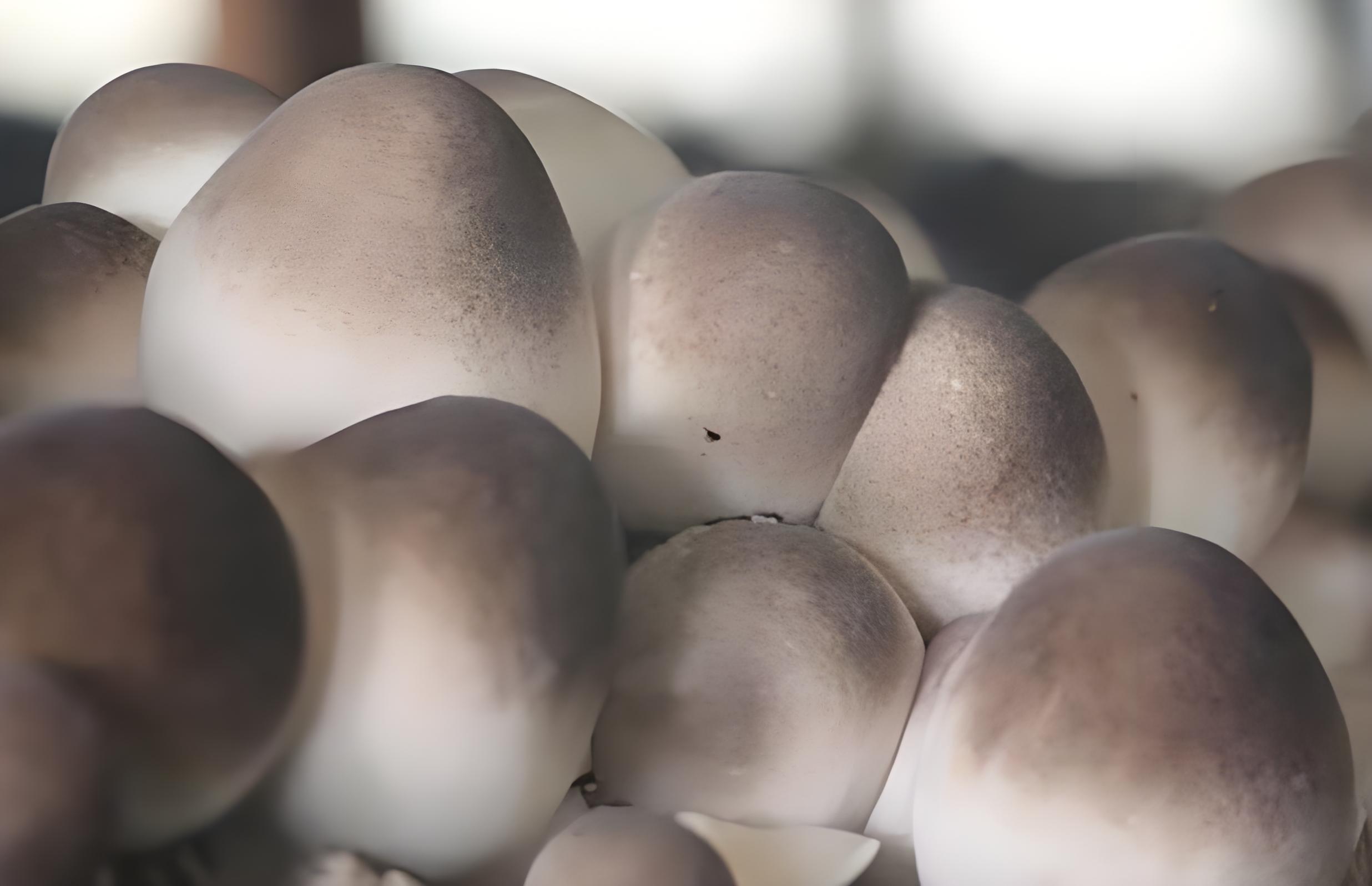
I. Cultivation history
Historical data prove that straw mushrooms originated in China, with a history of more than 300 years. According to the Ningde County Chronicles in Fujian Province, "The grass in the north of the city was rotten, and mushrooms grew after the rain, like clusters of stars competing to spit out, and farmers gathered and sold them in the market." It can be seen that straw mushrooms were originally a kind of wild edible fungus growing on rotten grass in the south. The monks of Nanhua Temple first picked and cultivated them, and thus they were called "Chinese mushrooms."
II. Biological characteristics
The artificial cultivation of straw mushrooms mainly includes two stages: mycelium growth and fruiting body growth.
Mycelium growth stage: The mycelium growth stage of straw mushrooms is generally 6 to 10 days. The mycelium continues to grow, extend, absorb, transport and accumulate nutrients in the cultivation matrix. The mycelium is grayish white or silver gray in the early stage of culture, and light yellow brown when aged.
Fruiting body growth stage: After the mycelium is physiologically mature, it begins to twist into a mycelium mass after being stimulated by heavy water and other conditions. Soon, countless millet-like primordia appear. After another 4 to 5 days, the fruiting body can fully mature and emit basidiospores.
Coordination of temperature, light, water and air during cultivation: The environmental conditions for the growth and development of straw mushrooms mainly include temperature, humidity, air, light, pH, etc. Only when all environmental factors are suitable can straw mushroom cultivation achieve high yields.








